My phone’s weather app told me it was still 92 degrees outside.
At 8pm.
In June.
In Salt Lake City.
I leaned back on my couch, mulling over my options. A few hours prior, I’d finished my hardest-ever day of guiding. The fish wouldn’t move for anything, and my clients—brand-new to fly fishing—had a tough time fighting the wind.
The clients caught a few fish, eventually, but that tough day was a symptom of a much larger problem.
Most years, rivers and streams here in Utah are in great shape by mid-June. Runoff is gone, but the rivers haven’t slumped to the low, clear flows of late summer. The water is cold, the hatches consistent, and the fishing as predictable as possible. It’s my favorite time of year to guide.
Except this year. 2021 has thrown a wrench into my guide season; one that’s likely permanent.
The western US is in the midst of a record-breaking drought. The excessive heat is also setting records, and last winter didn’t provide anywhere close to a normal snowpack.
I primarily guide walk-and-wade trips here in Utah (the Green is our only river fit for a drift boat trip, and I’m not permitted to guide there – yet). You can fish year-round in Utah, but my guide season usually starts with the first blue-wings in April, and ends when hunting season starts in September. The first trips of the season are on lower-elevation tailwaters, where it’s crowded but the fishing is decent. As soon as the high country opens, though, I’m on the water. That’s the fishing I grew up on, and it’s my favorite water to guide.
Before this year, I’d never seen our streams so low and so warm. And I’d certainly never envisioned a time when I couldn’t fish and guide the high country with dependable results. But the tough fishing I’d had earlier that day was on one of my favorite high elevation streams, and the fishing was poor because the stream was low and unseasonably warm.
Should I cancel the rest of the season? I thought glumly. That was the last thing I wanted to do. Last year, a longtime friend and I opened a fly fishing outfitter business together. We’d spent a year working for ourselves and were eager to expand operations. That excitement was quickly evaporating, as I began to worry that the fishing season was already over. If the stream I’d fished that June day was already warm, what hope existed for the rest of the summer?
I spent the next two days exploring places I’d previously written off as too troublesome for guiding. Lakes that required a long hike in, to even higher elevations, often without a trail. Streams I’d never fished before, let alone heard of anyone else fishing. The extra effort and elevation paid off, and I developed a plan to rescue my season. The only question was whether my clients would accept the new program.
Now, I start all my guide trips at 6am, and they end by 2:30 or 3pm. That window allows for eight hours of fishing before water temperatures become too warm. The morning hatches are surprisingly decent, but ending so early in the afternoon means we miss evening spinner falls and the dusk emergence of caddisflies (although, I wonder if those evening hatches have been any good, given how warm the water is by 7pm most days). I guide exclusively above 7,000 feet, too. It’s an arbitrary line, but I’ve found that most streams and lakes at this elevation stay below the 65-degree threshold that supports good, ethical trout fishing.
With the summer season soon to be in my rearview mirror, I find part of me wishing for another summer like this one. I certainly don’t want the warm water, the drought, or the oppressive heat—which combine to form lethal conditions for trout. But I’ve loved being forced to explore more, and to ask more of my clients—who have risen to the occasion. I’ve had the opportunity to show them a more wild experience and the kind of authenticity that comes with bushwhacking for miles to reach the creek you want to fish, only to stumble onto a herd of elk in the meadow that lines its banks.
Given that longer, dryer summers are predicted to be the rule rather than the exception in the coming years, I reckon I might get the wish I dare not wish for—that what I experienced this summer just might be guiding’s new normal.





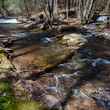
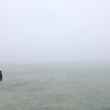




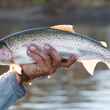
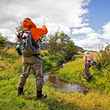



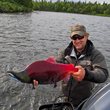
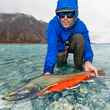



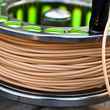
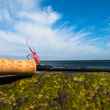



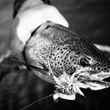
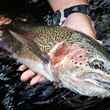


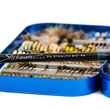
Comments